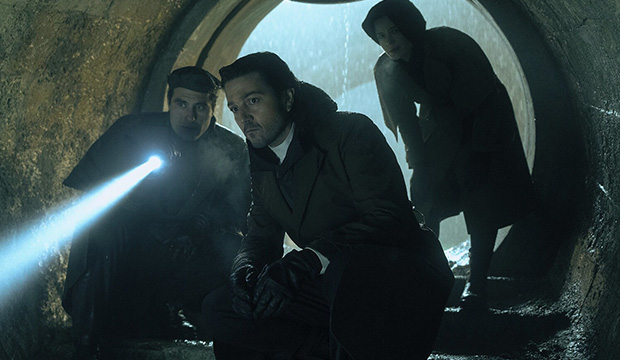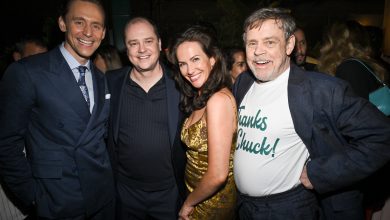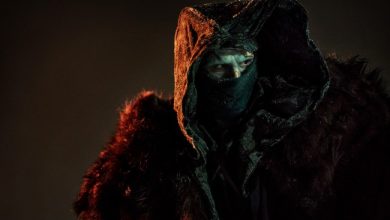Andor Season 2 Cinematography: Christophe Nuyens’ Visual Mastery

In Andor Season 2, directors switched every three episodes, but the cinematography remained consistent thanks to Christophe Nuyens, who photographed the first six episodes of the 12-part season. His work spanned the action-packed opening arc and the atmospheric introduction of the planet Ghorman.
Nuyens’ role as director of photography on Andor was complex, balancing intense action scenes—such as Diego Luna’s character rescuing friends in a stolen TIE fighter—with crafting the unique visual identity of new locations like Ghorman.
“The first three episodes felt like a classic Star Wars arc,” Nuyens explains, “while episodes four through six revealed a more human, spy-movie vibe. We aimed to give each three-episode arc a distinct feel, which was crucial for storytelling.”
The initial episodes were scripted by showrunner Tony Gilroy, an experienced director whose scripts included detailed visual directions. However, Gilroy encouraged creative input from collaborators. Nuyens shares, “Tony envisioned Ghorman as a blend between Italy and France. We drew inspiration from the Italian film The Great Beauty and imagined Ghorman akin to Turin, nestled in the Italian mountains with a winter setting featuring low sunlight and a blue gloom mixed with warm lighting.”
Not all drama in Andor relies on visible violence. A standout emotional moment is Mon Mothma’s dance scene at her daughter’s wedding, reflecting her internal conflict. Nuyens collaborated to highlight this through dynamic camerawork that shifts from fixed shots to a revolving, zooming focus that mirrors her loss of control.
See More ...
Mon Mothma’s turmoil deepens as she realizes her comrade Luthen Rael will kill Tay Kolma to protect the revolution. The murder is implied rather than shown, a storytelling restraint that Nuyens appreciates: “Usually TV shows reveal everything, but Tony’s writing leaves room for the audience’s imagination, which is vital.”
Surprisingly, Nuyens’ favorite scene to film wasn’t a high-stakes action moment but a simple dinner between Syril, Dedra, and Syril’s mother. “It was beautifully written and acted,” he notes. The awkwardness was enhanced by wide, centered shots, capturing nuanced performances that made the filming enjoyable for the entire crew.
Nuyens concludes, “I’m always happier when a scene is well-acted. That’s more important than just beautiful lighting or shots. It’s about everything coming together.”




